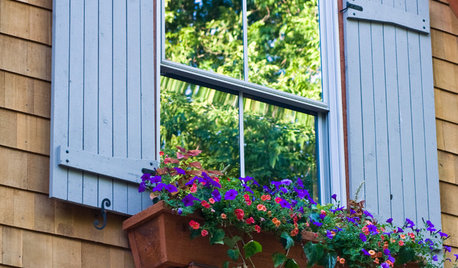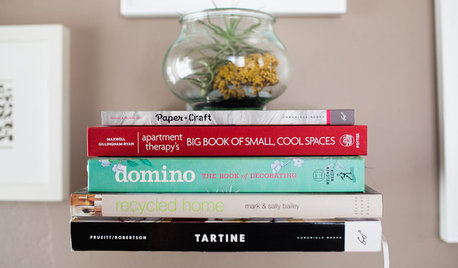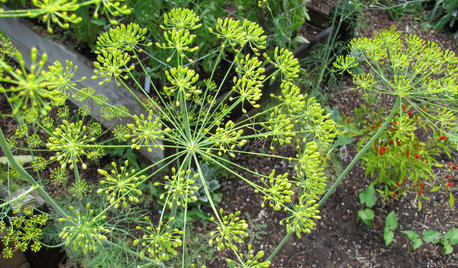DIY Grow Bags - Sandbags & Other Bags
npthaskell
15 years ago
Featured Answer
Sort by:Oldest
Comments (11)
npthaskell
15 years agolast modified: 9 years agonpthaskell
15 years agolast modified: 9 years agoRelated Professionals
Port Royal Landscape Architects & Landscape Designers · Maple Valley Landscape Contractors · Golden Gate Landscape Contractors · Lady Lake Landscape Contractors · Long Branch Landscape Contractors · Manhattan Landscape Contractors · New Cassel Landscape Contractors · Oak Harbor Landscape Contractors · Twin Falls Landscape Contractors · Eastvale Window Contractors · Mount Kisco Window Contractors · Albany Fence Contractors · Chicago Heights Fence Contractors · Oak Creek Fence Contractors · Olney Fence Contractorsnpthaskell
15 years agolast modified: 9 years agonpthaskell
15 years agolast modified: 9 years agonpthaskell
15 years agolast modified: 9 years agonpthaskell
15 years agolast modified: 9 years agonpthaskell
15 years agolast modified: 9 years agonpthaskell
15 years agolast modified: 9 years agoquidscribis
15 years agolast modified: 9 years agonpthaskell
15 years agolast modified: 9 years ago
Related Stories

CURB APPEALHow to Make a Window Garden Grow
Get the scoop on materials, installation, plantings and more to bring the charming look of window boxes to your home
Full Story
EDIBLE GARDENSSummer Crop: How to Grow Blueberries
Plant blueberries in spring or fall for garden beauty through three seasons — and a sweet superfood in summer
Full Story
SUMMER GARDENINGHow to Grow Basil
Bright color, quick growth and endless uses for cooking make this summer annual a winner in the garden or a pot
Full Story
EDIBLE GARDENSSummer Crops: How to Grow Tomatoes
Plant tomato seedlings in spring for one of the best tastes of summer, fresh from your backyard
Full Story
FRUIT TREESHow to Grow Your Own Persimmons
Sturdy and easy to care for, these trees offer bright fruit through winter — and keeping them in bounds is no sweat
Full Story
GARDENING GUIDESWhat Kind of Roses Should You Grow?
Want to add the beauty of roses to your garden? Find out which ones, from old-fashioned to modern, are right for you
Full Story
DECORATING GUIDES8 Reasons to Jump Off the DIY Bandwagon
You heard right. Stop beating yourself up for not making stuff yourself, and start seeing the bright side of buying from others
Full Story
EDIBLE GARDENSHerb Garden Essentials: Grow Your Own Tasty, Frilly Dill
Flavor your food and attract butterflies with easy-care (and pretty) dill in the garden
Full Story
COOL-SEASON CROPSCool-Season Vegetables: How to Grow Potatoes
This ever-popular tuber is a stalwart in spring and fall gardens and a staple in kitchens everywhere
Full Story
MOST POPULARSummer Crops: How to Grow Sunflowers
Savor snack-tastic sunflower seeds once the radiant blooms have faded — if the birds have saved you any, that is
Full Story







Sherwood Botsford (z3, Alberta)